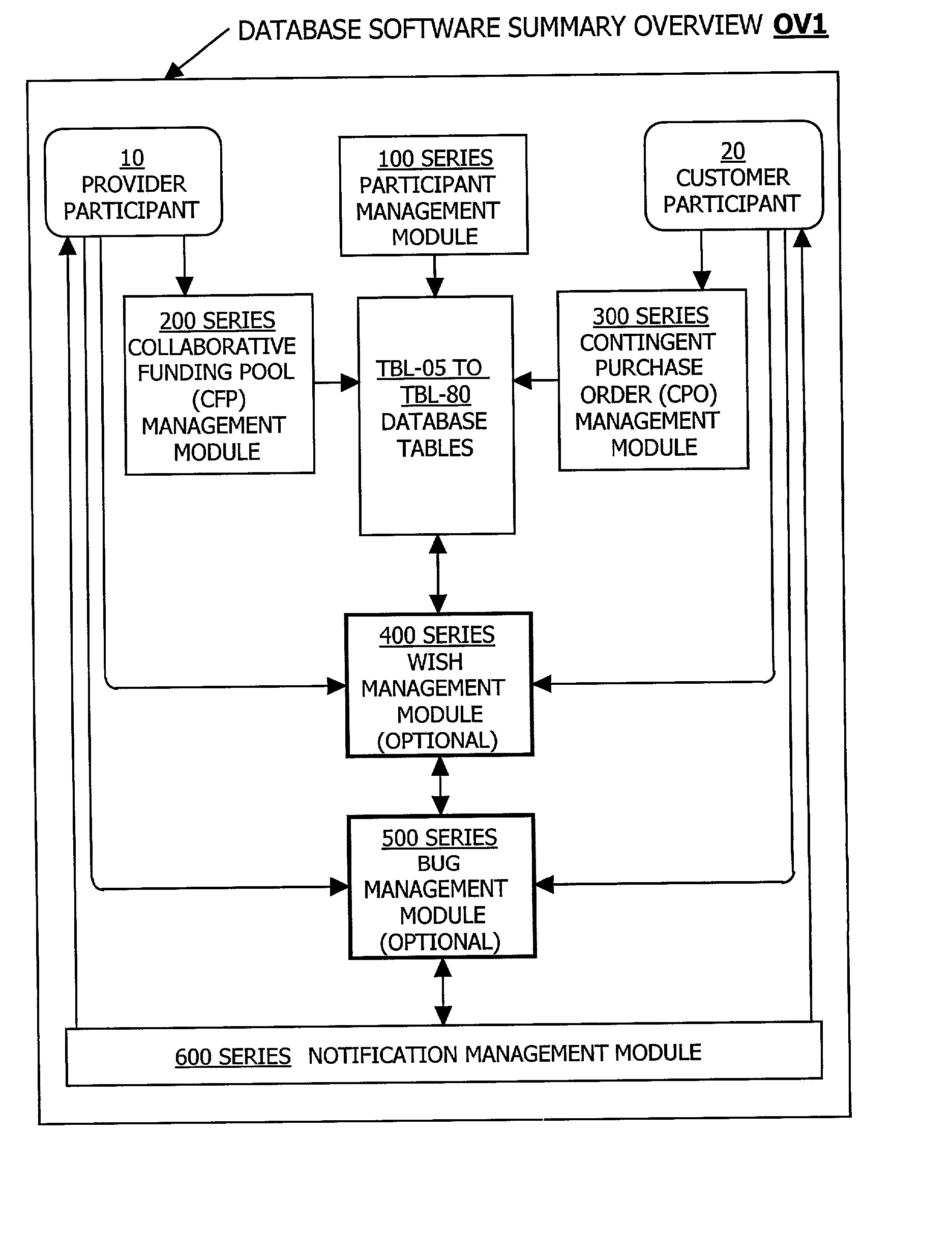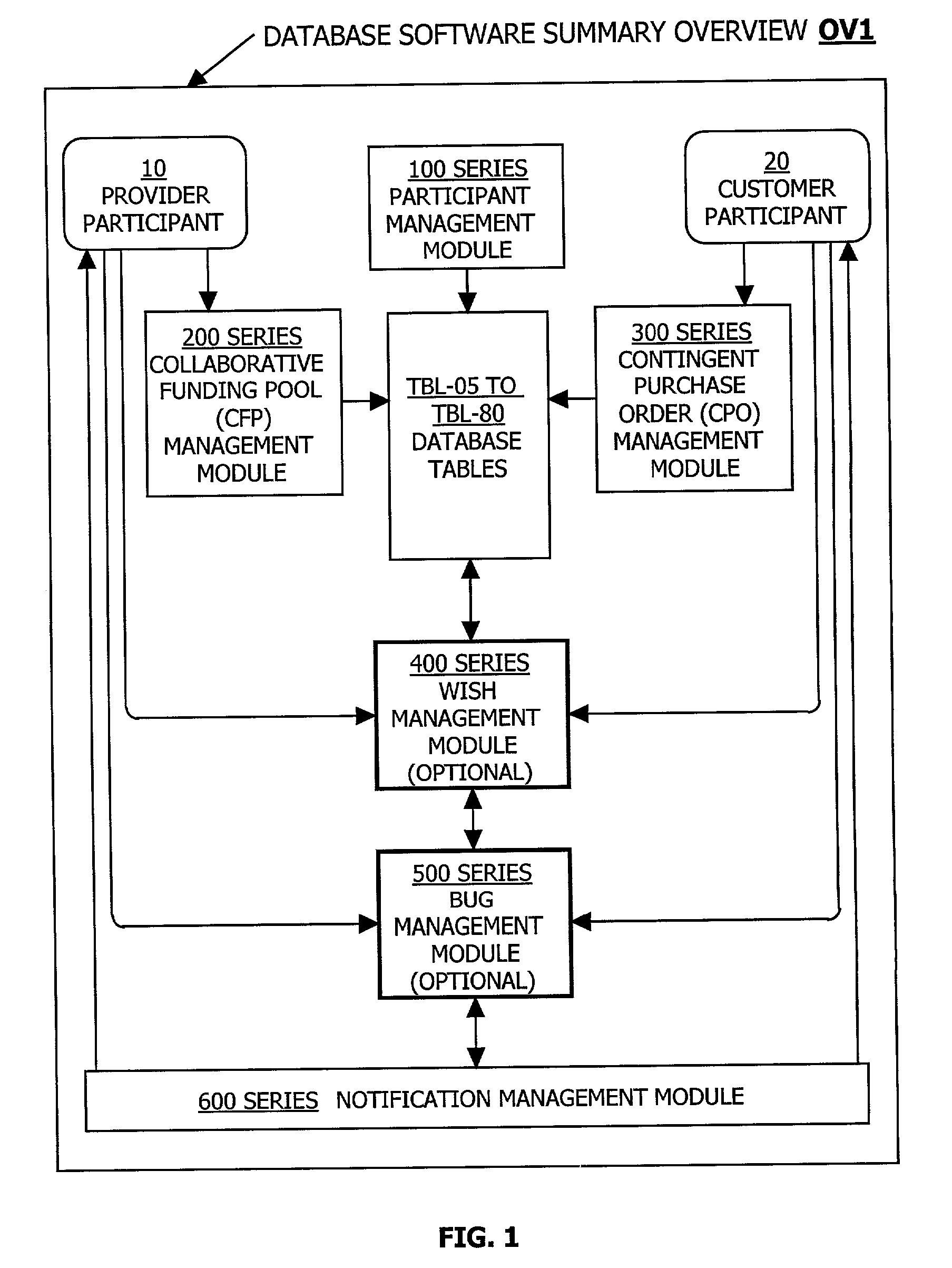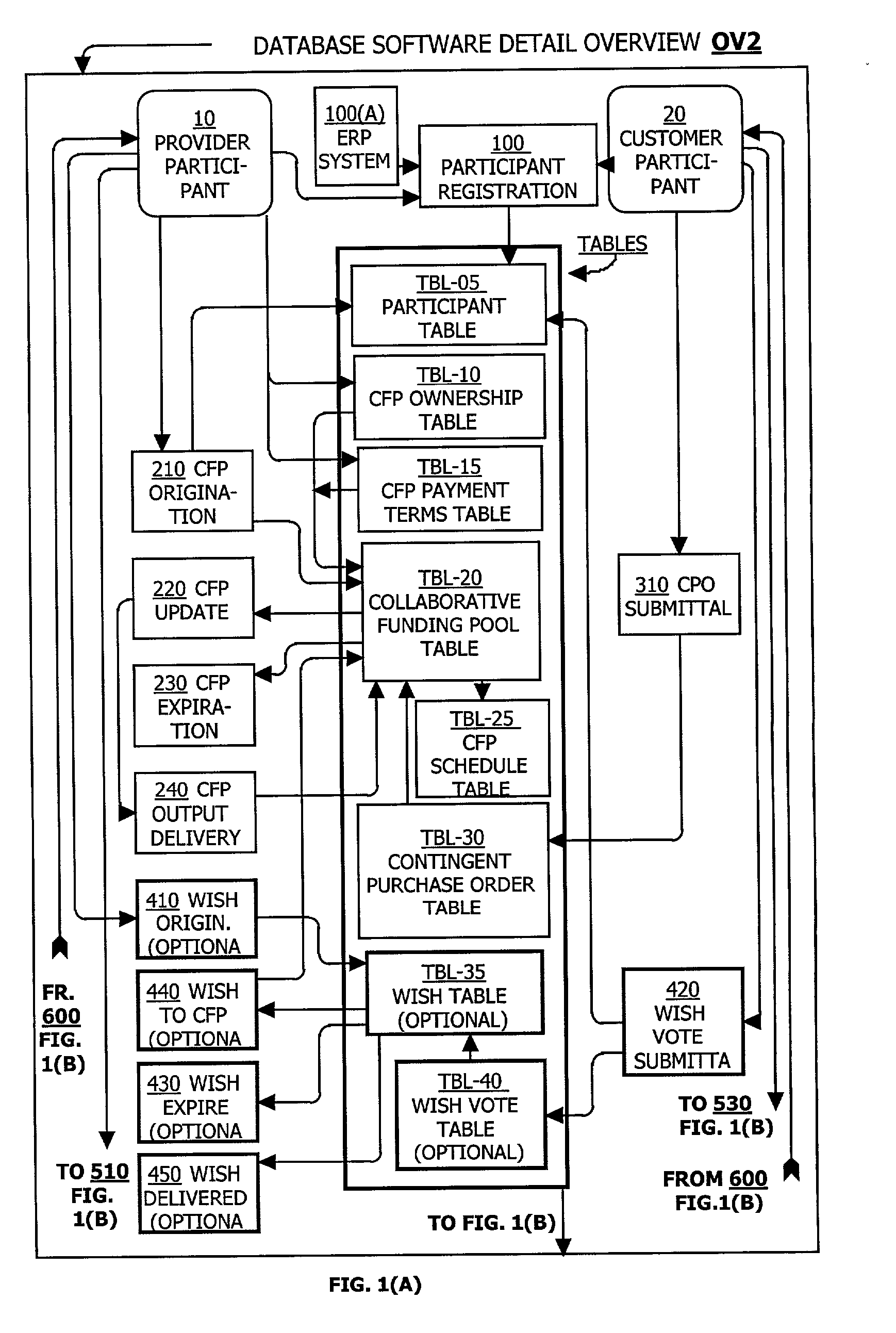Yet, there are so few business collaborations attempted that their formations are typically headline business news.
Creating a
collaboration of parties in the manner in which such business and government agency collaborations are currently created is a cumbersome, complex, and labor-intensive project.
Commercial enterprises are especially wary of collaborating with competitors.
Business enterprises currently are making no attempt to apply the existing philanthropic model to their design, research, development, and / or delivery projects because key requirements of successful commercial transactions are not met by the philanthropic model, including:
The philanthropic fund raising model is notoriously inefficient.
This is not a viable option for most businesses.
So, the philanthropic model lacks the mechanism to perfect a commercial contract that is binding on both parties especially if the project will not be completed within one year.
The costs of adding these features to the already inefficient philanthropic model are prohibitive.
For obvious reasons, philanthropic organizations employing this model of collaborative funding have no motivation to deliver Outputs to Customers, so no mechanism to deliver Outputs to Customers exists in the philanthropic collaborative funding model.
Accordingly, they are not viable models to determine the demand for and to fund the design, research, development, and / or delivery of goods and services in advance of the creation of such goods and services.
Importantly, within these systems, however, only one price can exist at any one point in time.
These systems do not have the capability of determining demand for and of
pooling funds to be used for the design, research, development, and / or delivery of goods and services that do not currently exist.
None of these systems attempt to gauge the potential demand for proposed new Outputs, nor do they provide a model and / or apparatus to encourage and manage Customer collaborations to fund the design, research, development, and / or delivery of new Outputs by
pooling binding advance purchase commitments.
Because private placements concern the sale of equity ownership in a speculative venture, securities laws limit what can be said about a private placement and how it must be conducted.
Additionally, the very nature of a private placement limits the terms of how the Output (in this case shares of stock) will be distributed.
Also, no method or apparatus currently exists to enable a plurality of Customers to collaboratively and publicly agree to pay varying prices for the same good or service under the same terms and conditions.
The design, research, development, and / or delivery of many potential Outputs is prohibitively expensive for a single Customer or Provider to fund alone.
Vast amounts of Providers' time and money are currently devoted to surveying potential customers and predicting potential demand for new Outputs, but the rate of new Output failures throughout the world's economies due to inaccurate demand predictions is very high.
The vast amounts of money that must be devoted to new Output development and delivery is a very significant drain on the financial resources of enterprises dependent upon new Output development.
No more robust method exists in any sales
prediction system to determine initial demand for an Output prior to its creation.
For example, many smaller
software and hardware companies with limited development resources but preferred technologies are in fierce competition with dominant competitors with large development resources.
Although Challenger's
software is free of charge, most companies still purchase Dominant's
software because it is perceived to offer more features and be more robust and because many fear that Challenger may not survive its competition with Dominant.
Challenger, by itself, does not have the development resources to make its software a viable competitor to Dominant's.
Accurately predicting the level of skill training in demand and the optimal time, place, and price that will attract the requisite number of students is especially difficult for more esoteric skills, more advanced levels of training, and locations with smaller populations.
Almost certainly, however, the companies are passing by opportunities to host additional profitable classes because it is too risky to predict demand for them, especially as noted above, for more esoteric skills, more advanced levels of training, and locations with smaller populations.
In addition, the students who desire these training that are not offered miss the opportunity to advance their skills, and the professionalism of the companies that employ these potential students (and that often pay for such students' training) is held back by the lack of available training.
The lack of availability of such training in their city is limiting the productivity growth of the publishing company.
It may be that the manufacture's rate of new product development does not warrant an in-house Collaborative Funding Engine website.
The manufacture's calculations, however, may tell her that she could not break even in the production of the new stove without initial orders of at least 2500.
Much of this demand goes unmet because of the cost of the research.
For example, a chronic and growing water shortage exists in northern New Mexico.
But these studies are limited and their findings unreliable because no one party has been able to fund research of the scope needed to produce convincing results.
Anxious governing bodies enact construction moratoriums to preserve the
water supply, but they cannot produce convincing research.
Environmental groups sound alarms but lack convincing scientific research to support their claims.
Business development groups attempt to recruit manufacturers to open new facilities in the area, but candidates hold back because of the uncertainty of the sustainable
water supply.
Everyone involved in this debate needs better and more reliable research on the long-term
water supply for New Mexico, but no one party to this debate can afford to fund a large scale in-depth study by top researchers.
So everyone muddles along with inferior information.
This means that Participants will not know who has submitted the CPO's.
 Login to View More
Login to View More  Login to View More
Login to View More 


